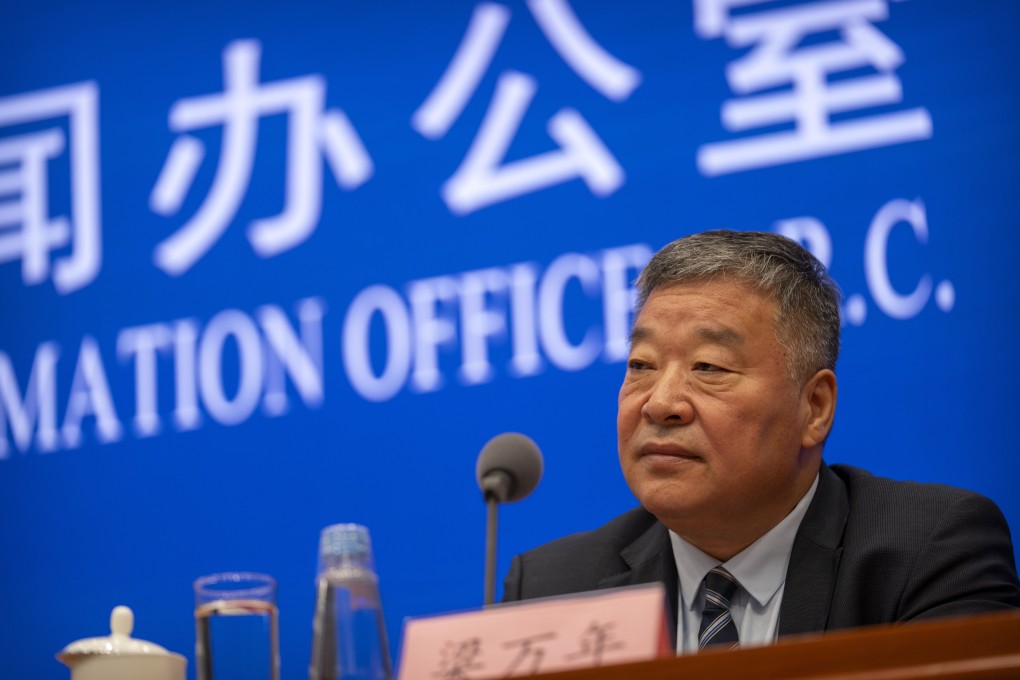Coronavirus: who is Liang Wannian, the renowned mainland Chinese epidemiologist who will guide Hong Kong’s anti-pandemic efforts?
- Liang, 60, helped contain Beijing’s Sars outbreak in 2003 and first wave of Covid-19 infections in Wuhan in 2020
- He is a staunch advocate of the dynamic zero-infection strategy and will lead a team of experts to formulate policy recommendations to Hong Kong government

When Dr Liang Wannian sets foot in Hong Kong on Monday, he will be the highest-ranking Beijing health official coming to help manage the worsening fifth wave of Covid-19 infections.
As a key architect of China’s “zero-Covid” strategy, Liang has been a regular face at major press conferences on the progress of virus containment in the country since 2020.
The 60-year-old firefighter previously led the Covid Response Expert Team of the National Health Commission (NHC) a number of times, heading to the front lines to help local governments handle outbreaks in the past two years.
Liang helped contain Beijing’s severe acute respiratory syndrome outbreak (Sars) in 2003 and the first wave of Covid-19 infections in Wuhan in 2020. He will investigate and formulate urgently needed policy recommendations for the Hong Kong government.
Liang’s boss, NHC’s deputy director Wang Hesheng, is backing him up with thousands of medical staff and a wealth of supplies from Shenzhen’s command centre via a top-level tripartite coordination group to help manage the outbreak in Hong Kong.
Both Wang and Liang were key members of Beijing’s team to Wuhan in 2020.
Liang, who is director of the NHC’s health system reform department, will relieve the first team led by Kang Min, head of the infectious disease institute under the Guangdong Provincial Centre for Disease Control and Prevention.
The coordination group was formed under Chinese President Xi Jinping’s instruction and headed by Xia Baolong, director of the State Council’s Hong Kong and Macau Affairs Office.